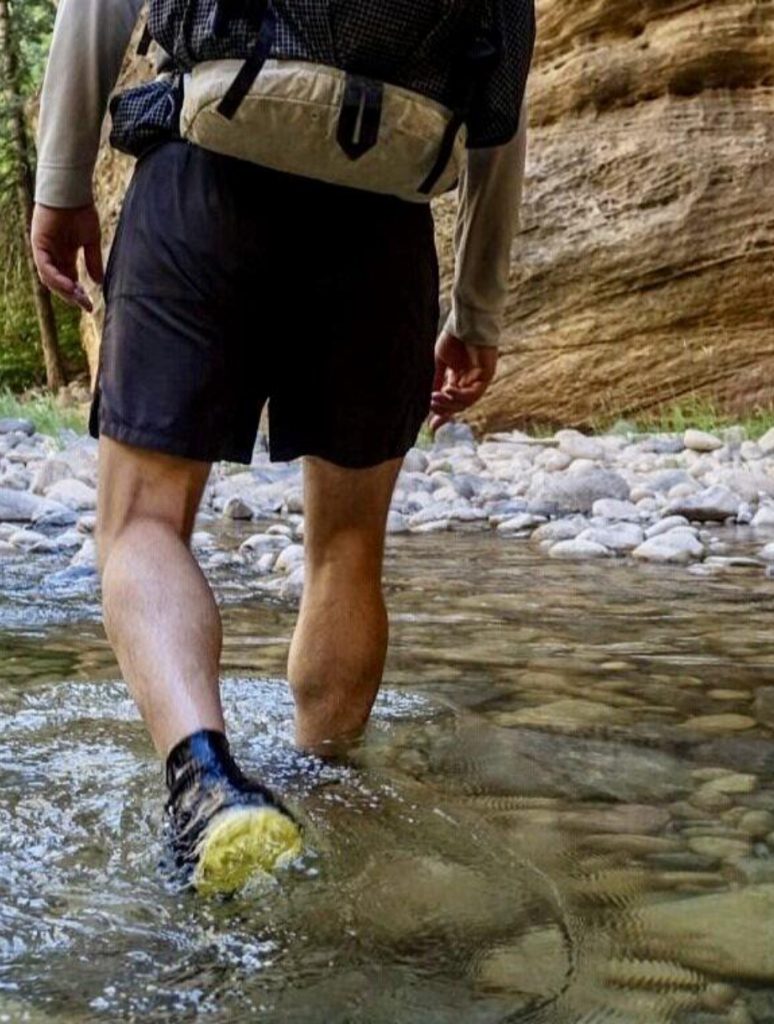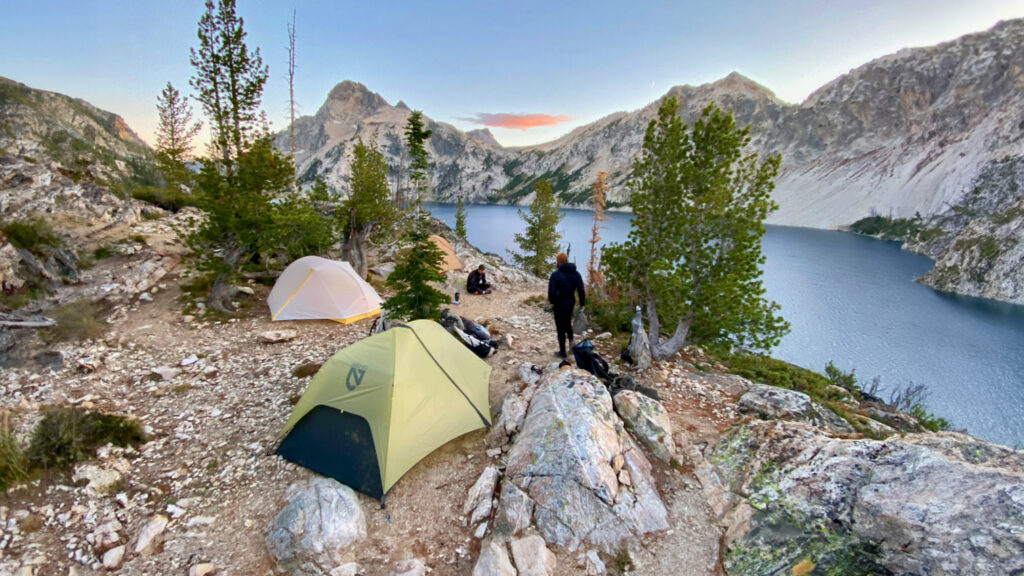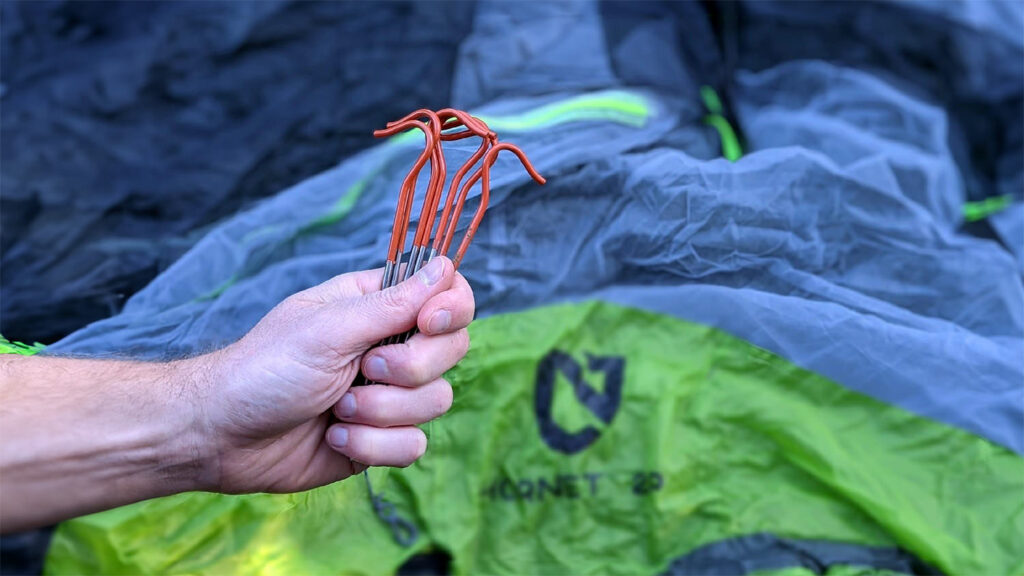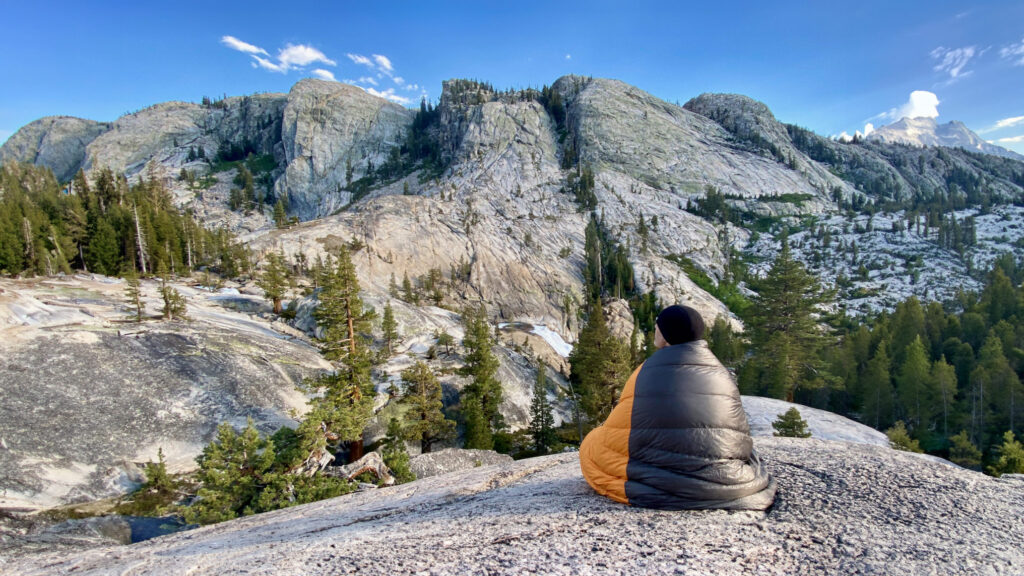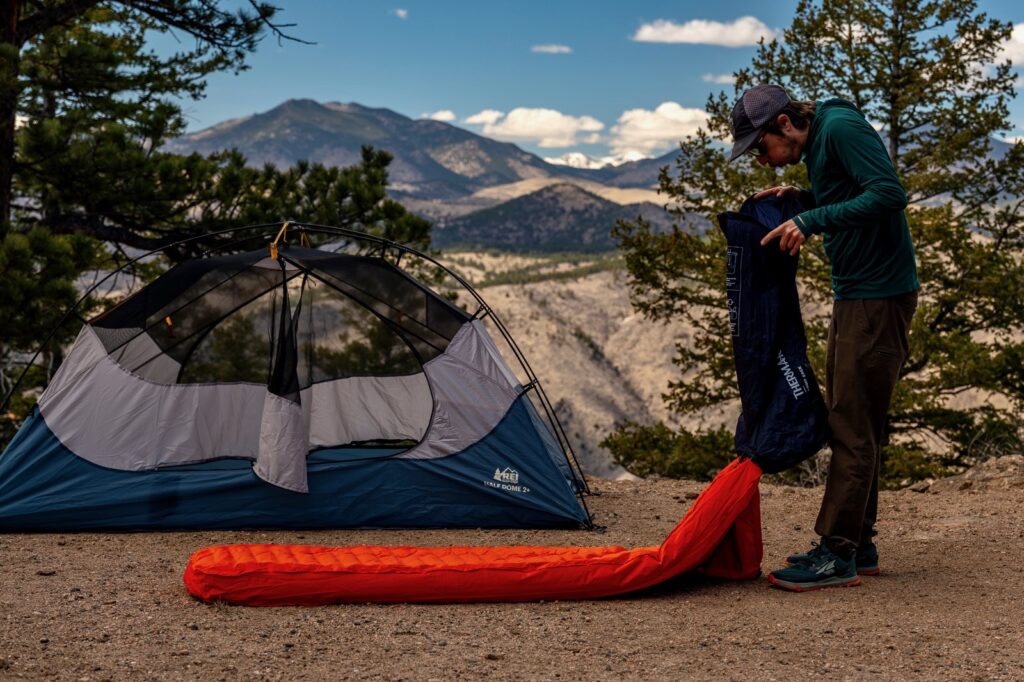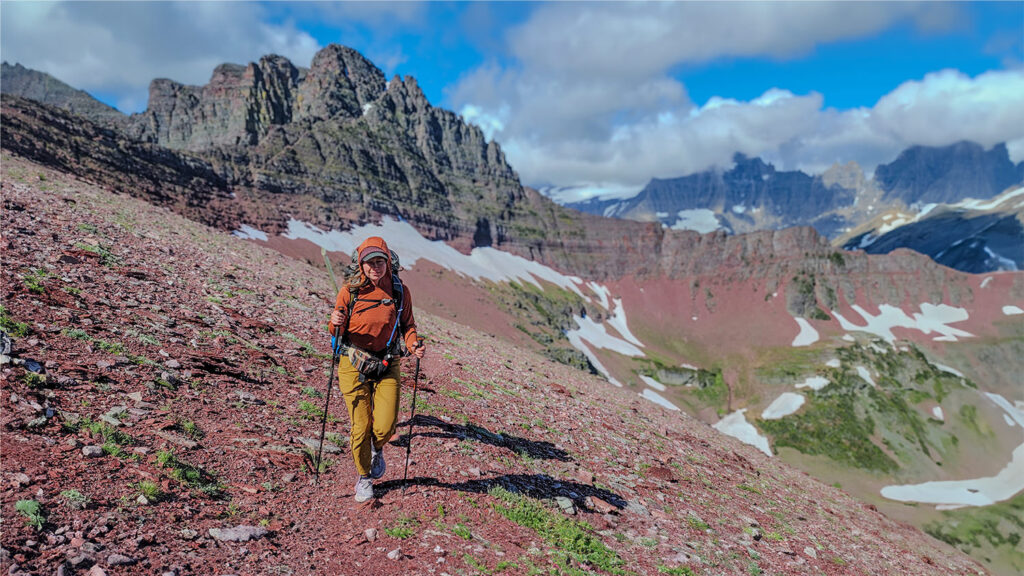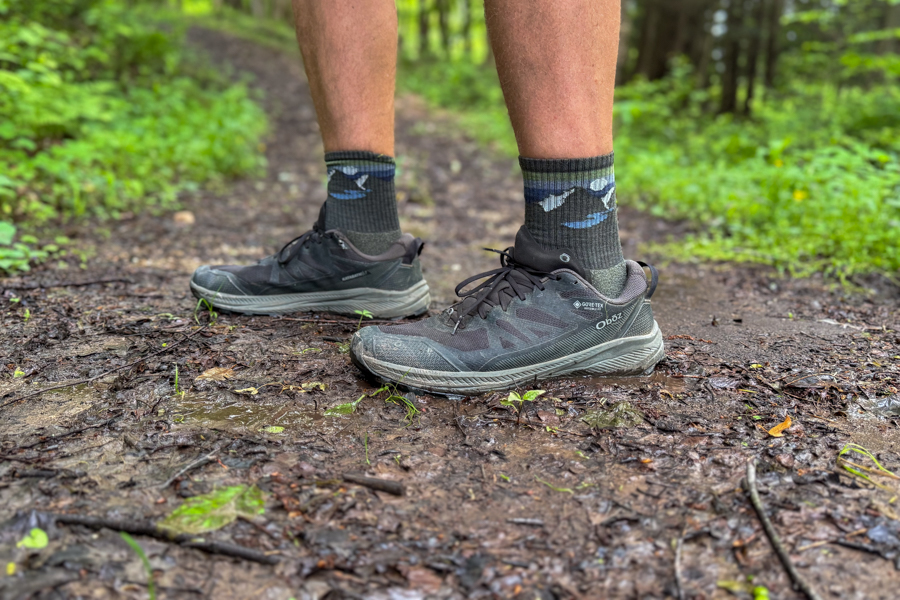
Bottom Line
The Oboz Katabatic LT Low GTX is a solid all-around trail shoe that really grew on us over time. We tested it on soggy spring hikes in western Maryland, unseasonably dry trails in Colorado, and plenty of local baby naptime walks in between—and it handled just about everything we threw at it.
The Katabatic LT feels more like a running shoe than a traditional hiker, which is great for those who want something nimble and reasonably breathable for a waterproof shoe. That said, it still offers enough protection for rocky trails and light backpacking. The fit runs narrow. One of our gear analysts even found the “wide” version a bit tight – though, in fairness, he does refer to his feet as “Sasquatch-sized.” Considering the low weight and solid waterproofing, we think the value here is solid—especially if you’re after a durable, low-cut hiker that works well as an everyday trail shoe. For more options, check out our guide to the best hiking shoes for men.
How We Tested
We tested the Oboz Katabatic Low GTX over several months on soggy spring hikes in Maryland, dry but occasionally snowy trails in Colorado, and plenty of daily walks around town. These miles gave us a solid feel for how the shoe handles different terrain, weather, and uses.
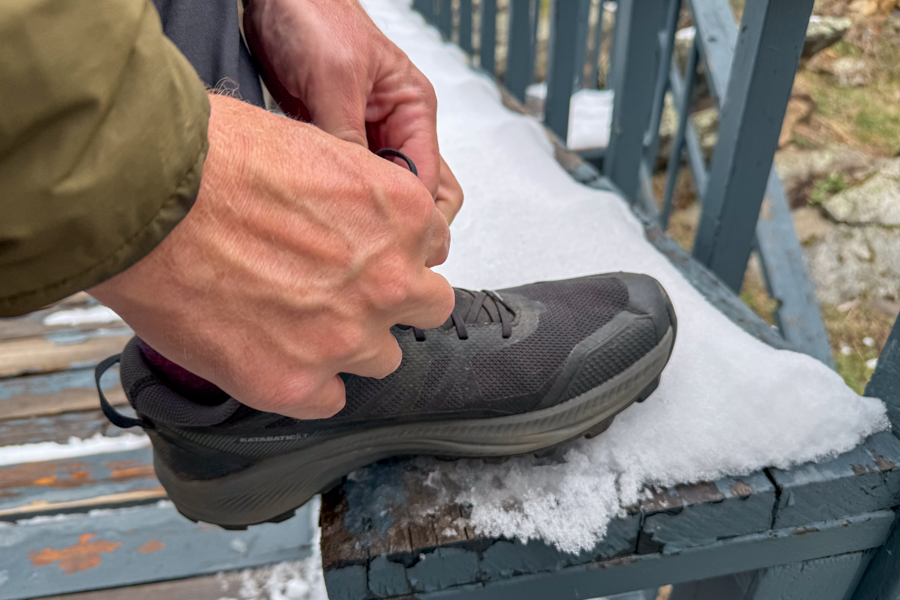
Quick Specs
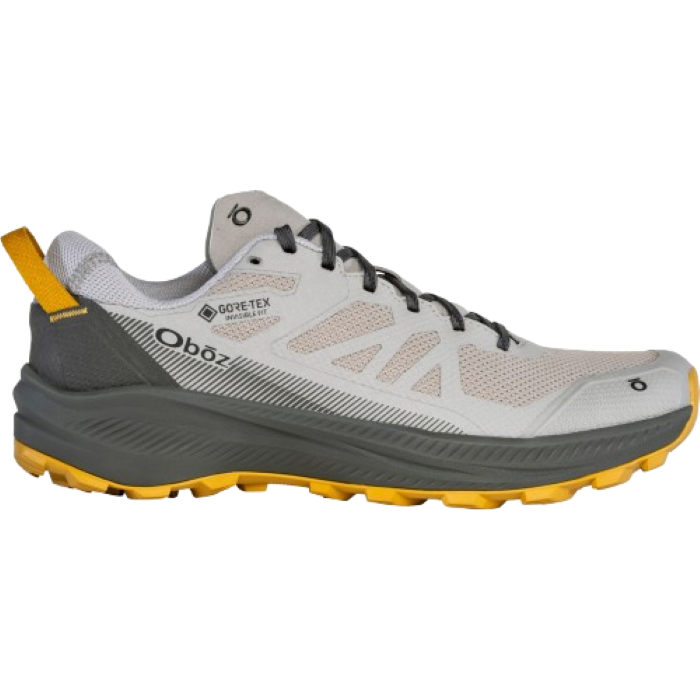
Oboz Katabatic LT Low GTX
Lightweight and Waterproof Hiking Shoe
CleverHiker Rating: 4.5/5.0
Price: $170
Weight (Pair): 1 lb. 7 oz.
Heel-to-Toe Drop: 8mm
Pros
- Lightweight for a hiking shoe
- Comfortable
- Good stability
- Grippy across a wide range of terrain
- Waterproof
Cons
- Narrow forefoot and toe box
- Not the most breathable
- Expensive for a fully synthetic shoe
Comfort
The Katabatic Low GTX feels more like a trail runner than a traditional hiking shoe, making it a solid choice for hikers who prefer a lighter, more athletic feel underfoot. Right out of the box, the ride felt soft and springy, and the synthetic materials helped keep the break-in period short. Our testers noted that the shoes felt fully broken in after 8 to 10 miles on trail.
We especially appreciated the cushioning and built-in rock plate on long, rocky hikes near Boulder, CO, where sharp granite and uneven terrain can really take a toll. Even after seven consecutive days of hiking, the midsole kept a nice balance of responsiveness and shock absorption.
That said, the fit may run a little narrow for fellas with wide feet. One of our editors found the wide fit true to size. However, one tester who usually wears a wide still found the “wide” version snug through the forefoot. The synthetic upper does stretch slightly over time but stays on the narrow side. That aside, we liked the fit overall—it offered a secure, locked-in feel that boosted confidence on uneven ground.

Traction
The Oboz Katabatic Low GTX delivers confidence on most surfaces, especially when things are dry. We took ours for runs over Colorado’s slabby granite and wandered across mossy limestone in Maryland and West Virginia. Each time, the lug pattern gripped the rock nicely and kept us steady. On loose, gravelly downhills, the tread held firm instead of washing out underfoot.
When we hit late-spring snow and ice during Colorado’s “second winter,” there were a few slips—nothing surprising for a trail shoe rather than a dedicated winter boot. Still, the deep multi-directional tread does a decent job shedding mud and sticking better than some shoes we’ve tried in similar conditions.
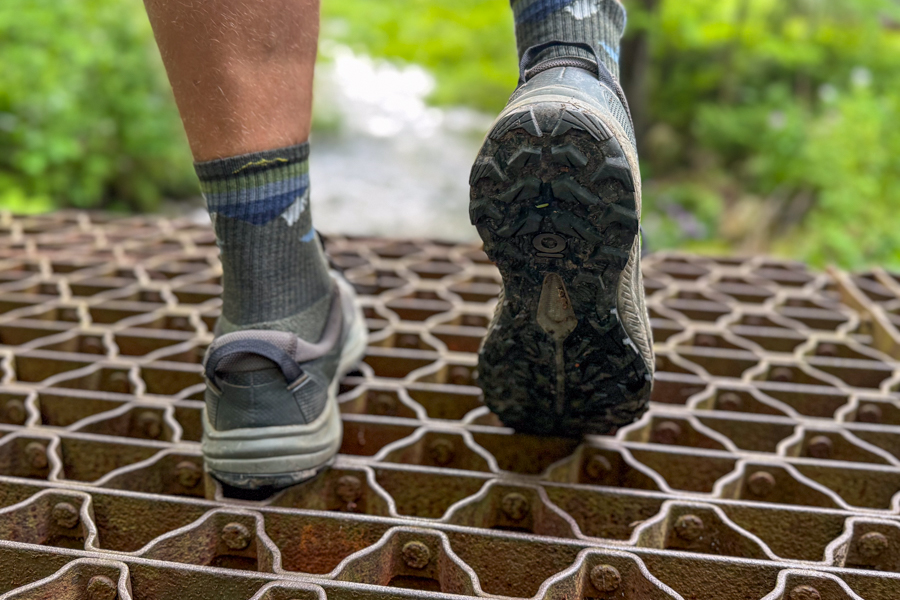
Weight
The Oboz Katabatic LT Low GORE-TEX is definitely light for a fully waterproof hiking shoe. At a claimed 11.9 ounces per shoe—and 16.5 ounces on our size 13 wide test pair—it ranks among the lightest waterproof shoes in our lineup.
What really matters, though, is how that weight translates underfoot. We found the Katabatic delivers a “barely there” feel that’s a boon on long days.
We clocked hundreds of miles in these and have yet to feel weighed down. The midsole’s responsive cushioning pairs well with the low overall mass to keep fatigue at bay, even when moving fast all day long.
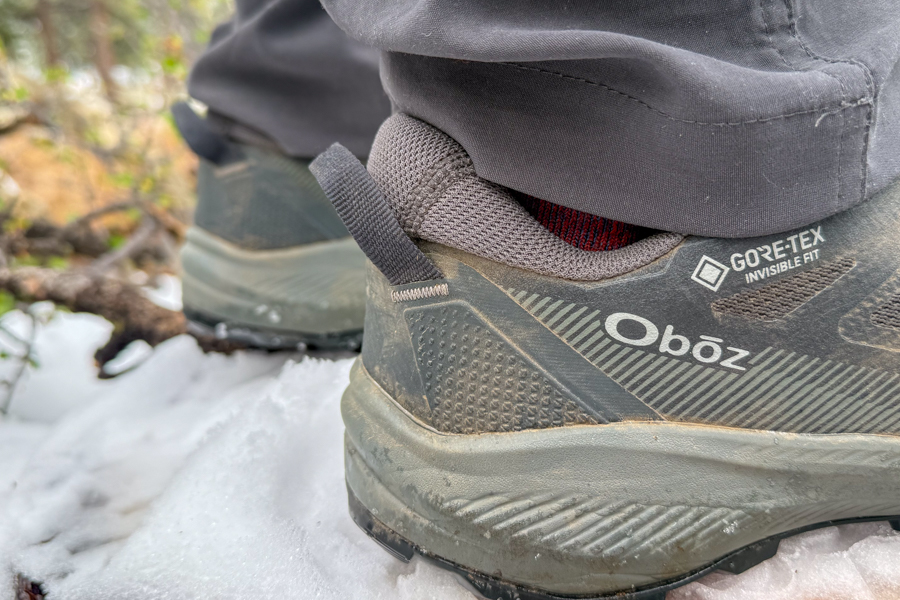
Durability
The Katabatic Low GTX’s all-synthetic build has stood up impressively after several months and a few hundred miles of wear. Synthetic uppers tend to be lighter and more breathable than leather, though they can feel less rugged. Yet, after everything we put these through, the footbed and tread still look almost new.
Ours have suffered the typical scuffs and abrasion marks on the uppers, but nothing that threatens performance. There’s one odd tear on our pair, but it hasn’t grown or affected waterproofing, so it doesn’t raise any red flags just yet. Overall, the materials feel solid and well-assembled, from the laces down to the sturdy outsole.
Given the price tier, the Katabatic delivers the durability you’d hope for in a higher-end hiking shoe. It’s held its shape, kept its grip, and kept moisture out throughout testing.
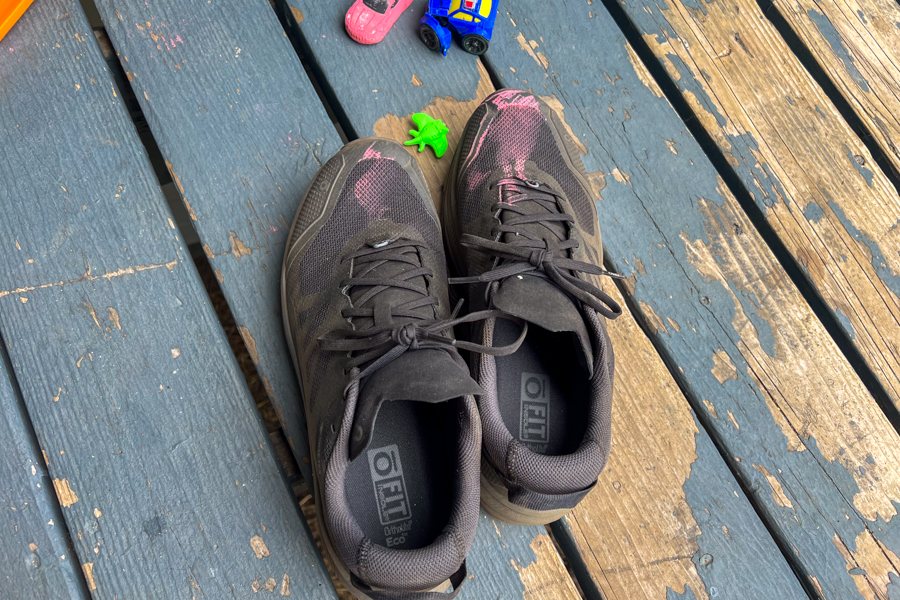
Weather Resistance
The Katabatic Low GTX works well to keep moisture out without feeling bulky. Its GORE-TEX Invisible Fit membrane performs on par with any modern waterproof barrier, yet it doesn’t weigh you down or rob the shoe of that lightweight feel.
We put this to the test on muddy spring hikes in Maryland and slushy “second winter” treks in Colorado—complete with unexpected puddle and creek crossings. In almost every case, whether plowing through soupy slush or splashing through deep puddles, our feet stayed dry. The membrane also blocks wind entirely, so cooler-weather hikes felt noticeably warmer than they would in a standard mesh shoe.
That said, it’s not invincible. After several hours in steady rain or crossing creeks deeper than the midsole height, we noticed some dampness seeping in around the sides. And being the low version of the Katabatic, water can enter above the ankle if you’re not careful. Still, if you’re after a reliable waterproof hiker, these are a solid bet.
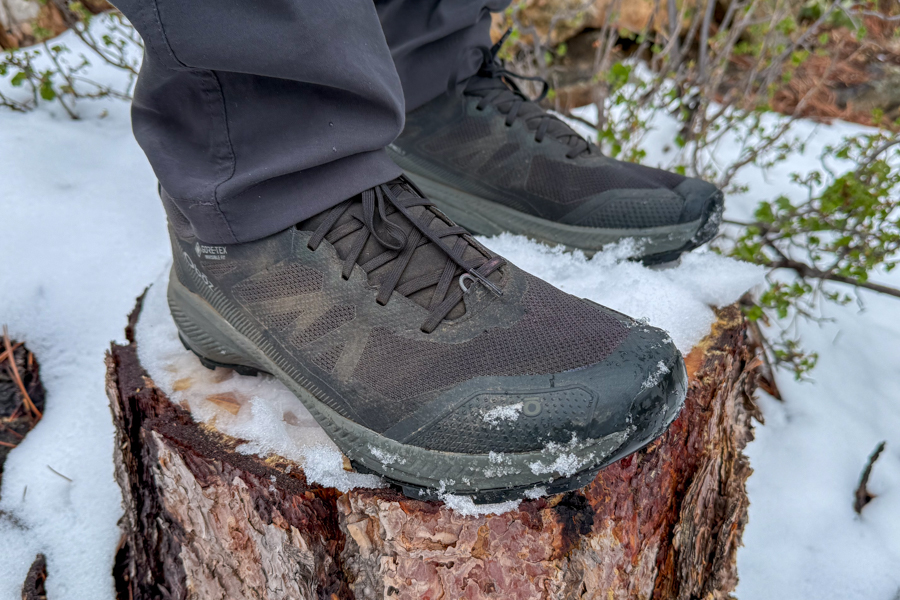
Should You Buy The Oboz Katabatic LT GTX Hiking Shoe?
The Oboz Katabatic LT Low GORE-TEX is a great pick if you’re after a nimble, trail-running–style shoe that still offers solid protection and waterproofing. It excels for fast-moving hikers, light backpackers, and anyone who wants a single pair for muddy spring hikes, rocky mountain trails, and neighborhood strolls. If you crave that “running shoe” feel underfoot—even when the ground is wet—this is one to consider.
That said, if you need a roomier fit or plan to wear thick hiking socks, the Katabatic’s narrow profile might feel restrictive. Ultra-heavy pack haulers may also prefer a more rugged, supportive boot.
In terms of value, you’re getting one of the lightest GORE-TEX hiking shoes around, with durable construction and a built-in rock plate that’s held up over hundreds of miles. For hikers who want a versatile, performance-oriented shoe that doubles as a daily trail companion, the Katabatic LT Low Gore-Tex delivers plenty of bang for your buck.
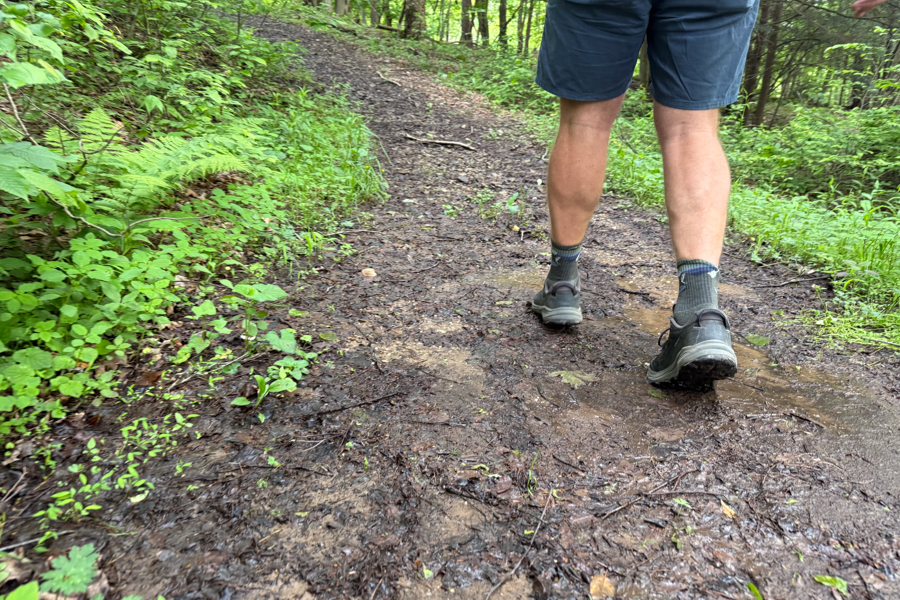
What Other Hiking Shoes Should You Consider?
For more of our top-performing men’s hiking shoes, head back to our guide to the best men’s hiking shoes.
Salomon X Ultra 5 GTX Review: If you like the Katabatic’s balance of support and protection but want a more technical outsole and firmer chassis, the X Ultra 4 GTX is a strong contender. Its proprietary Contagrip sole delivers exceptional bite on wet and dry surfaces, while the Quicklace™ system and molded heel cup offer a more secure lockdown for aggressive trails.
Topo Athletic Ultraventure 4 Review: For those who appreciate the Katabatic’s roomy toe box and cushioning but crave lighter weight and breathability, the Ultraventure 3 shines. Weighing just over a pound per shoe with a 5 mm drop, it combines Vibram traction with a ventilated mesh upper—ideal for fast-paced day hikes or multi-day treks in warmer weather.
HOKA Anacapa 2 Low GTX Review: If waterproofing and plush underfoot feel top your priority, the Anacapa 2 Low GTX brings a Gore-Tex liner and HOKA’s signature cushioned midsole. Though slightly heavier, its rockered geometry and sticky rubber lugs excel on mixed terrain, making it perfect for hikers who value all-season versatility without sacrificing comfort.



